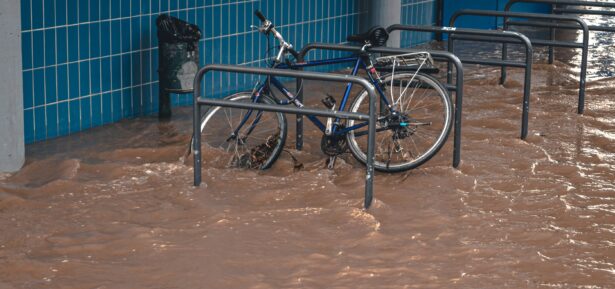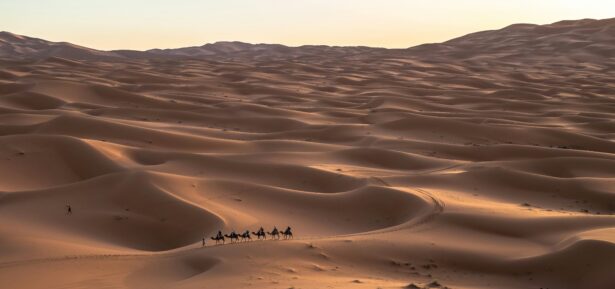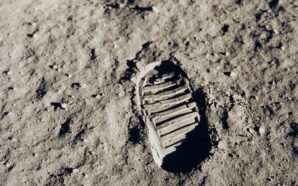NASA is seeking public help with the Daily Minor Planet project. The Daily Minor Planet Project is a program that tracks and monitors small celestial bodies, such as asteroids and comets, orbiting near Earth. The project’s primary goal is to observe these objects and predict their future paths so that relevant authorities can be alerted if they pose any risk of colliding with Earth. This information is crucial for protecting our planet and keeping us safe from any potential impact events.
Look! Up in the sky! It’s a bird! It’s a plane! It’s an – asteroid?! Okay, okay, you can’t just look up to find asteroids, but you *can* help our brand new project, the Daily Minor Planet, identify them in a huge collection of images. Let's make the news: https://t.co/jrPp7oBO8N pic.twitter.com/bxyJLexsfW
— NASA Citizen Science (@DoNASAScience) May 16, 2023
Asteroids are time capsules of our solar system and you can help @NASA discover and track them. Join @DoNASAScience’s latest project, Daily Minor Planet, and begin making your own scientific discoveries today.
☄️: https://t.co/WS1T9t5EA1 pic.twitter.com/1veCpUTasK— Dr. Nicky Fox (@NASAScienceAA) May 16, 2023
The Daily Minor Planet project is a citizen science project that invites people to help astronomers discover new asteroids in our solar system. It uses The Pan-STARRS1 telescope is, a wide-field imaging facility located on the summit of Haleakalā in Maui, Hawaii. It is designed to conduct a wide-area survey of the sky in multiple wavelengths, primarily aiming to detect and characterize near-Earth objects, such as asteroids and comets. Pan-STARRS1 uses a 1.8-meter diameter telescope equipped with a 1.4-gigapixel camera capable of imaging the entire visible sky every few days. Additionally, the telescope is equipped with various filters that allow astronomers to study objects at different wavelengths, from ultraviolet to near-infrared.
Participants help by accessing images of the sky taken by the Pan-STARRS1 telescope and then using a web interface to mark potential asteroid candidates. A team of professional astronomers then analyzes these candidates to determine whether they are known asteroids or newly discovered ones. This project allows people to contribute to the scientific community and helps us better understand the objects in our solar system.
NASA's Daily Minor Planet project is seeking YOUR help to discover new asteroids in our solar system. Studying the latest night-sky imagery, you'll be differentiating false detections from genuine asteroids!https://t.co/OFBnzFAQOR
📸 Daniel Oberhaus/ Wikimedia Commons pic.twitter.com/e6Dg0g6tmf
— EarthSky (@earthskyscience) May 19, 2023
NASA often encourages the public to get involved in the search for asteroids and other near-Earth objects. Several programs and initiatives, such as the citizen science project called “Target Asteroids!” allow amateur astronomers to contribute their observations and data to help NASA track and study asteroids. Additionally, there are several online resources and tools that anyone can use to learn more about asteroids and how to spot them. So if you’re interested in getting involved and helping out, there are definitely opportunities to do so!
-
We LOVE a Good Marvel Movie! Marvel fans have much to look forward to in 2024, with an exciting...
-
The 2024 Election Race Continues Between Joe Biden and Donald Trump With the 2024 general election drawing closer, President...
-
The Philippines has strongly denounced what it described as “unprovoked acts of coercion and dangerous maneuvers” by China in...
-
Joseph Morgan, known for his role “Klaus Mikaelson” has returned to the screen in the highly anticipated second season...
-
As Moscow Prepares to Bid Adieu, Navalny’s Funeral Raises Uncertainties and International Allegations The spokesperson for Alexei Navalny has...
-
Mixed Feelings About Madame Web The release of Marvel’s “Madame Web” has sparked a range of reactions, from scathing...
-
On the two-year anniversary of the ongoing conflict between Ukraine and Russia, there is much to reflect upon. Since...
-
Another Successful Moon Landing Intuitive Machines, a commercial space company, has achieved a remarkable feat by landing its Odysseus...
-
The Office for National Statistics (ONS) released official figures on Wednesday, revealing that the United Kingdom posted a record...
-
Has the State of USA Improved Since Trump’s Presidency or Gotten Worse? Given the current climate of the United...
-
Neuralink Makes a Major Breakthrough with Patient A patient who has received a Neuralink brain implant can now control...
-
Greece has become the first Christian Orthodox-majority country to legalize same-sex marriage, marking a significant step forward for LGBTQ+...




















